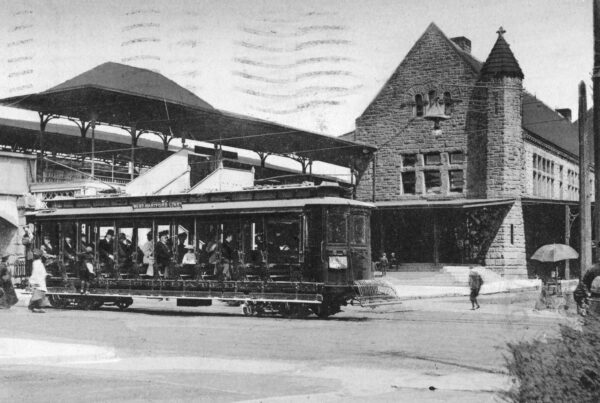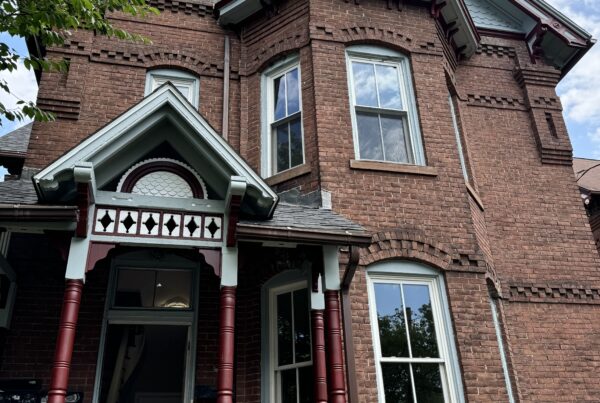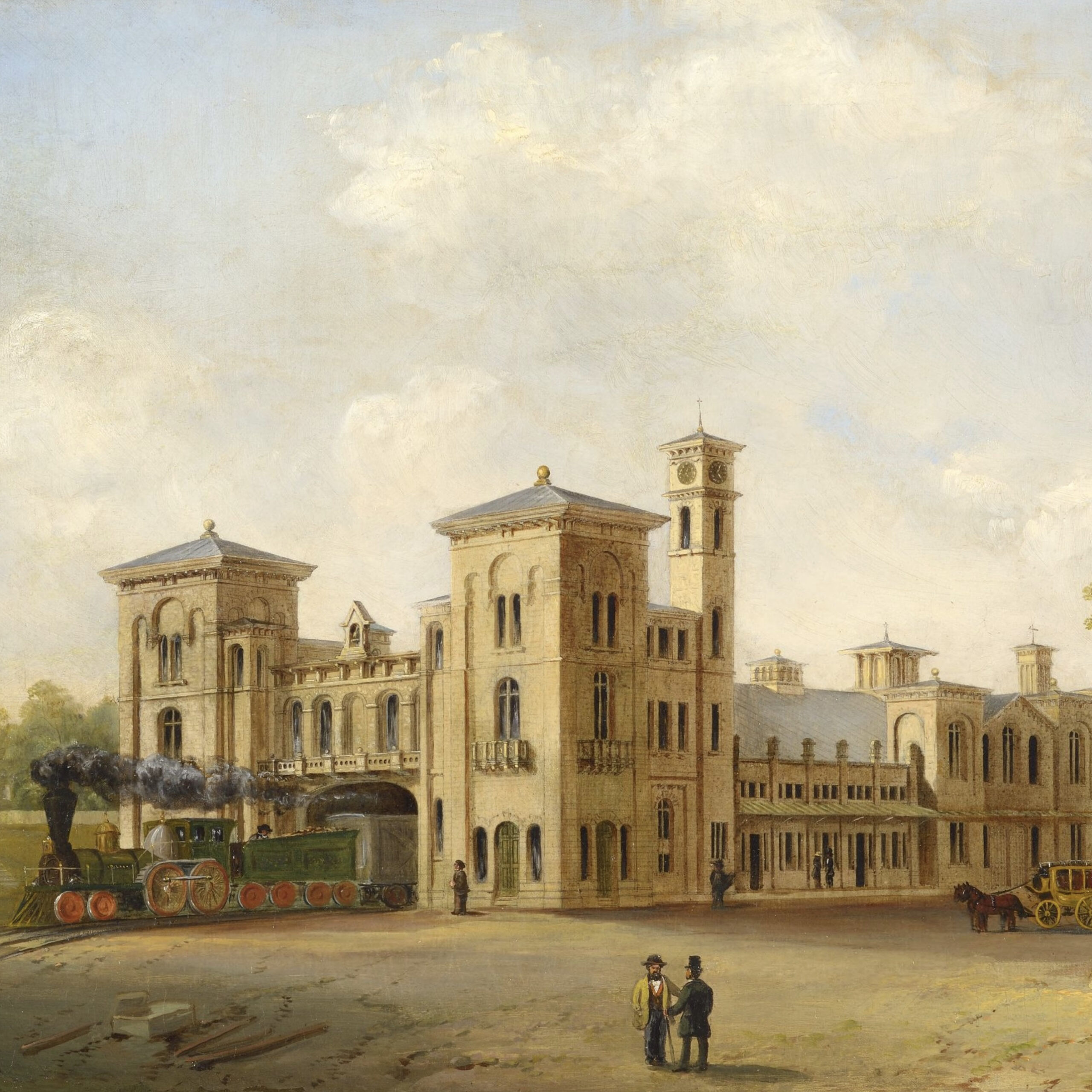
Weston Ulbrich | CTRE.co | March 5, 2022
What exactly is a yard goat? Is it Hartford’s minor league baseball mascot? Yes, but long before Connecticut had Dunkin’ Park, a “yard goat” was railroad slang for a type of switcher engine. Yard goats were tasked with moving trains and rail cars from one track to another. As part of a budding rail system in Connecticut, yard goats helped to advance mass transportation and heavy industry which forever changed life in the Nutmeg State. Now you might be asking yourself, “So how did it all begin?”

Prior to the locomotive, Connecticut residents were typically confined to their immediate locale. Traveling to New York or Boston was quickest via steamship, though costly for everyday Nutmeggers. In the early 1830’s, the fastest mode of transportation in places like Hartford was the horse-drawn trolley. Around this time, the first implementation of engine-powered trains occured in other states like Maryland, Ohio and South Carolina. Demand swelled for railroads in New England, but our many rivers, streams and rugged topography impeded progress.
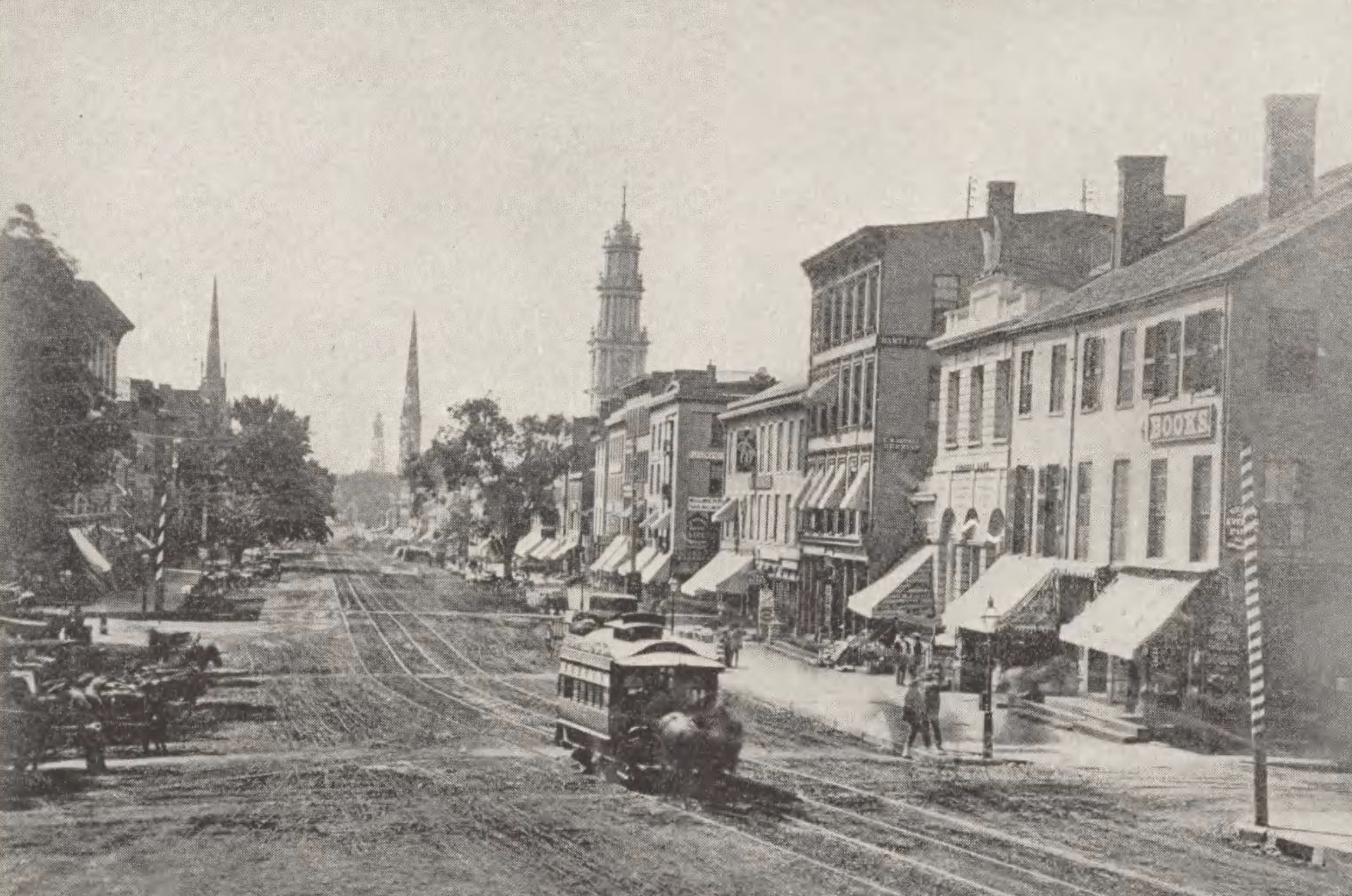
Then in May of 1833, the Hartford and New Haven Railroad (H&NH) received a state charter. Subscribers and shareholders raised millions of dollars in stock, and the railway took six years to survey, design and construct. Chief Engineer of the project was Alexander Catlin Twining who later invented the first ice-making refrigerator. When Twining and laborers completed the New Haven line, it allowed passengers and freight to access the interior of the state. However, the H&NH line would not be Connecticut’s first operable railroad.
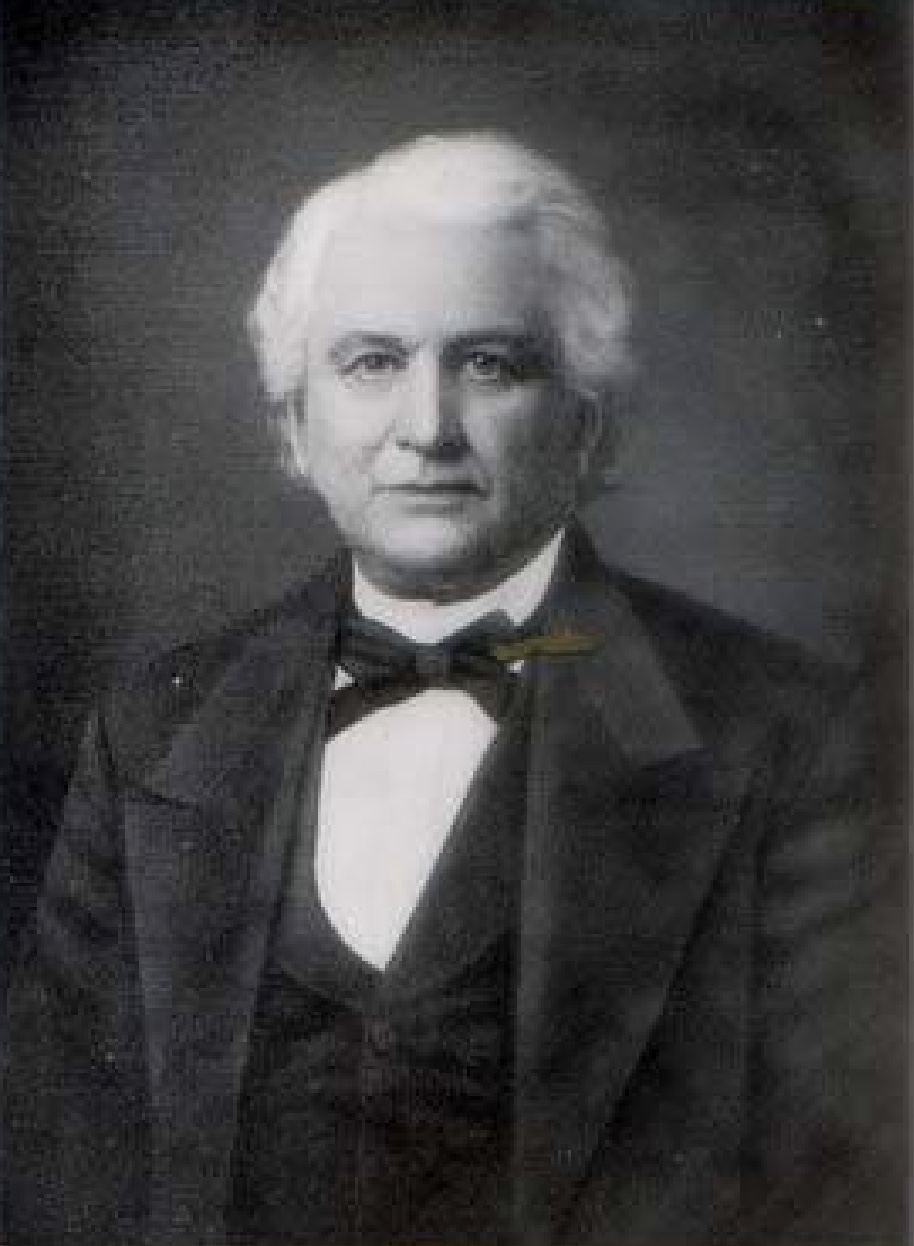
The state’s earliest steam train service was the Providence and Stonington Railroad. Finished in 1837, the Providence line gave westward travelers means to board coal-fired steamships chartered from Stonington to New York City. Meanwhile the Panic of 1837 delayed construction of the H&NH. Not until 1839 did the H&NH finally open for business on a regular basis. Passengers could now ride, at their own risk, from New Haven to Hartford to Springfield, Massachusetts.

By 1845, business tycoon Cornelius “The Commodore” Vanderbilt of New York became a lead investor in the H&NH. Vanderbilt, who made his first fortune in steamship transportation, now served on the Board of Directors of the New Haven. He also claimed a stake in a railway from Norwich, Connecticut, to Worcester, Massachusetts. Transit of people, goods and materials improved immensely under Vanderbilt’s direction. The New Haven line was a modern marvel of transportation in New England. When the Connecticut River froze over, train travel was the lone mass transit option.
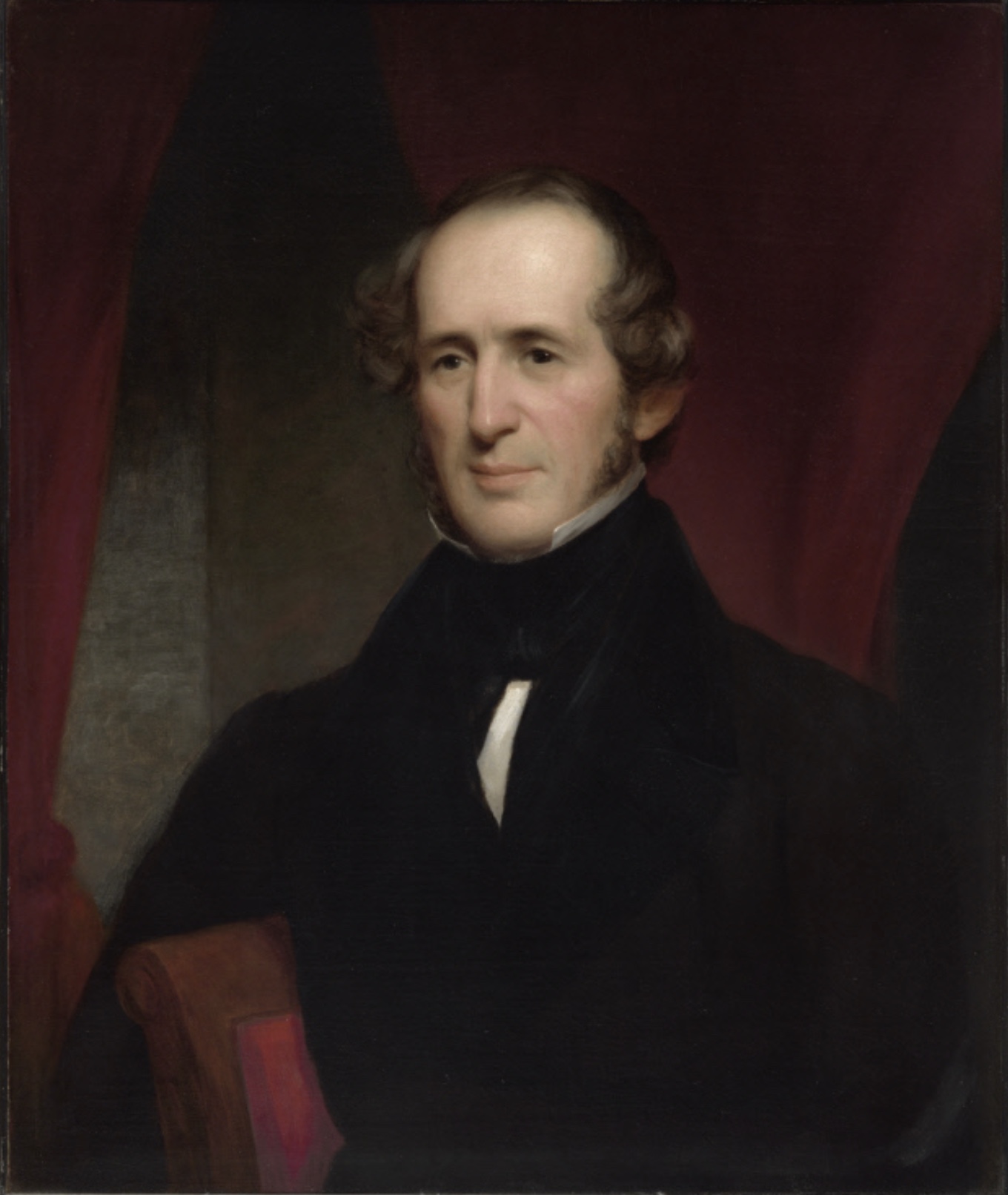
The Commodore then funded the construction of a grand passenger depot in Hartford. Built on the southern side of Asylum Street in 1849, the edifice was an ode to Italianate architecture. The station featured corner towers, arched windows and a central tunnel over two tracks. The trainyard fanned out to the side of the building where maintenance and yard goats prepared engines and cars. The passenger depot signaled Hartford’s emergence on the railroad scene, an achievement which coincided with the proliferation of railways throughout Connecticut.

Stay tuned as Yard Goats & the Origins of the New Haven Railroad – Part II is coming soon.
Sources
- Hartford Courant database via Newspapers.com
- Connecticuthistory.org

